Webhooks: Connect, Monitor, and Manage Events in Real Time
Need to connect your external tools with Signal House? You’re in the right place. The Webhooks section in Developer Tools lets you view, create, monitor, and edit webhooks tied to key events across your account—so you're always in sync.
Getting There
Navigate to:
Developer Tools → Webhooks
From here, you’ll see all of your current webhooks listed out—including:
Webhook Name
Webhook ID
Destination URL
Status (Enabled or Disabled)
Date Created
Creating a New Webhook
To set up a new webhook:
Click New Webhook (top right).
Add a name and destination URL.
Use the event picker to choose which events should trigger the webhook.
(Optional) Add a brief description so you remember what it’s for later.
Viewing Webhook Activity
Want to see how a webhook is performing?
Click the eye icon under the “Action” column.
This opens a detail view showing:
Webhook metadata (name, ID, URL, status)
Recent event logs
Success/failure responses
To dive deeper into a log, click the carrot icon next to the event to expand it.
Success vs. Failure Codes
200= Success4xx / 5xx= Error (you’ll see a description to help diagnose it)
Editing a Webhook
Need to make a change? Easy.
Click the pencil icon under “Action” or go back to Developer Tools → Webhooks.
This opens the webhook editor:
You’ll then see this view:
You’ll be able to update:
Webhook Name
URL
Events being tracked
Description
Enable/disable toggle
TL;DR
View all your current webhooks in Developer Tools → Webhooks
Set up new webhooks with custom event triggers
Monitor webhook activity + success/failure logs
Edit or update existing webhooks easily
Need Help?
If you’re not sure which events to track or are troubleshooting webhook issues, our Support Team is happy to help.
Quick Tip: Add meaningful names + descriptions to your webhooks—your future self (or team) will thank you.
